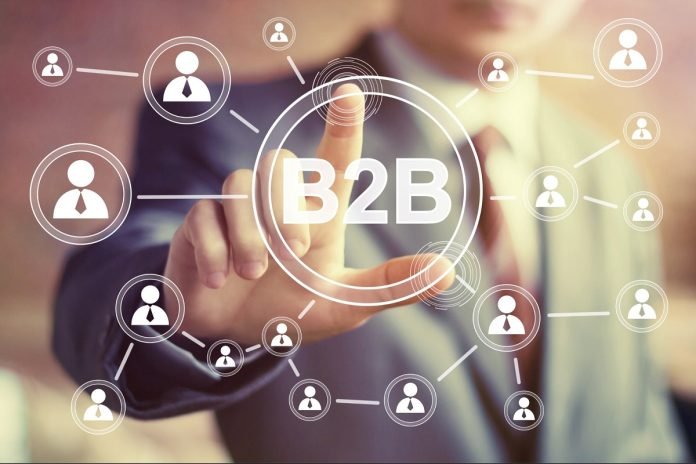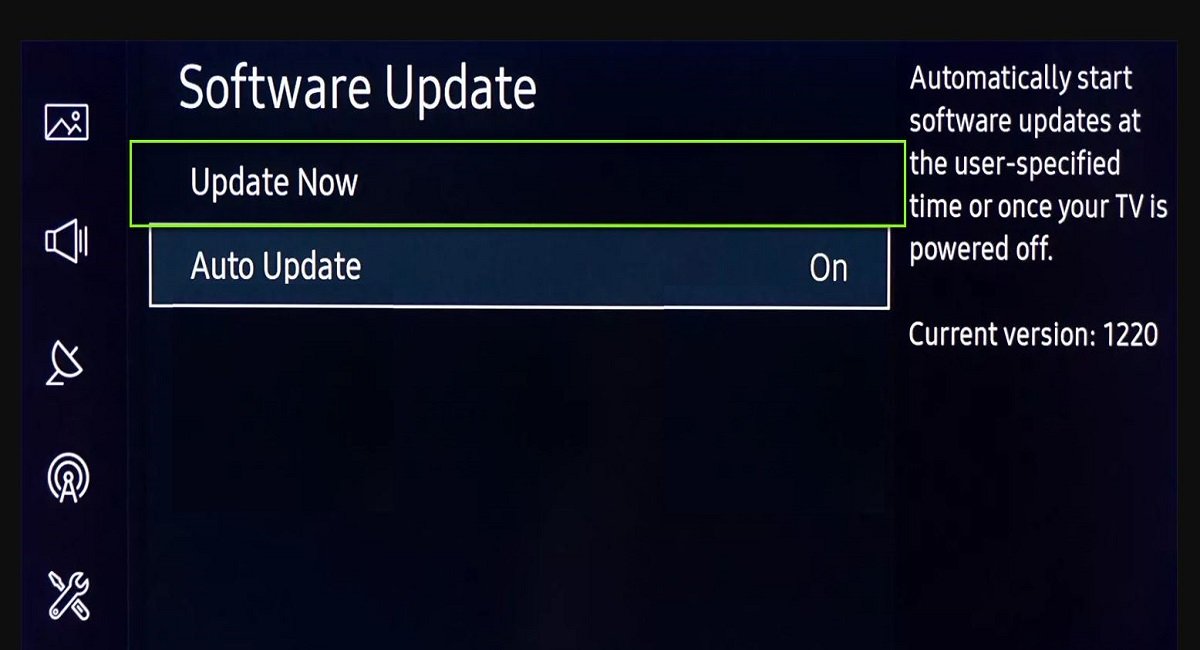VR, or virtual reality, is a term that has been around for a while. Before we talk more about how helpful VR is in B2B, let’s take a quick look at what the term “virtual reality” means
Thank you for reading this post, don't forget to subscribe!Virtual reality (VR) is a simulated, multi-sensory experience that can be improved with the help of software and hardware. With the help of a head-mounted display, it creates an environment that is different from the real world.
In practice, the setup is made up of a number of sensors built into the head mount. These sensors track how the user moves and adjust the view accordingly. This makes the user feel like he or she is really there in that virtual world. Gamers love this technology because it lets them play in a rich, interactive world.
Markets and Markets says that the VR market will grow at a CAGR of 33.47% from USD 7.9 billion in 2018 to USD 44.7 billion in 2024.
Table of Contents
What is Virtual Reality in Marketing to Businesses?
As technology gets better, businesses are always looking for new ways to get ahead of their rivals. Virtual reality (VR) is one of the newest tools that businesses are using to make customer experiences more immersive and interesting.
VR is a computer-made simulation of a three-dimensional world that can be realistically interacted with. This technology is often used in games and other forms of entertainment, but it could also be used in different fields, like marketing.
Businesses can show customers what it would be like to use their products or services by putting them in a simulated environment. This can be especially helpful for B2B companies that sell or provide complicated services or products. Businesses can help potential customers understand the benefits of their product or service in an interactive and memorable way by giving them a VR experience.
What are its Benefits?
VR is a technology-based combination of the real world and the virtual world. In short, it is a virtual rendering or simulation that uses software and hardware to try to create a real-world experience. This virtual reality experience is created by using both sight and sound.
VR is usually used for three main things:
- To make an environment that feels real and can be used to tell stories, especially in games.
- To make simulations of environments that can be used for learning and training.
- VR is used in marketing to create realistic simulations of the environment so that a product or service can be better understood.
5 Benefits of Using AR & VR in B2B Marketing
1. Increase sales
This benefit comes from the combination of VR’s other benefits, such as better client insight, more immersive experiences that keep clients interested, etc. Using VR is a good way to stand out from competitors and show clients your products and services in a way that is immersive and interesting. Using VR can improve your content marketing strategies and help you sell more.
2. More people getting involved
One of the best things about using AR and VR B2B marketing is that it can help to get potential customers more involved.
AR and VR can create an immersive experience that can help catch the attention of potential customers and keep them interested for longer.
3. An advantage in the market
Lastly, using AR and VR in B2B marketing can give brands an edge over other brands that don’t use these technologies.
AR and VR can help brands stand out from the competition and give customers a unique experience that will get their attention.
4. Make deals worth more overall
A potential customer who has tried out your product or service virtually through VR is more likely to buy more and see what else you have to offer. This gives you a chance to increase the average order value by using VR to show off your add-ons and other extras that go with your products.
5. Virtual Stores
The “feel” of shopping in a real store can be imitated by simulating an immersive environment.
Given the amount of money, power, and speculation surrounding new technologies, businesses are already feeling pressure to invest. With AR and VR, businesses can get to know their customers better and give them more personalized services and solutions.
Tips on How to Get Started with VR in B2B Marketing
- Understand your audience
- Keep it simple
- Use high-quality audio and video to make it interactive.
- Test, test, test!
- Trade shows and business meetings
- Product demonstrations
- Training simulations
- Marketing campaigns
- Getting new employees
How Does Virtual Reality Fit Into B2B Marketing?
Get a cup of coffee and keep reading if you want to know how a technology that creates fake environments can help your business.
Businesses have started using AR and VR technologies in marketing because they are becoming more popular and offer a lot of opportunities for marketers.
For now, VR is mostly useful for physical products, but as technology improves and new solutions are made, it will also have a big impact on the service industry. There are a lot of companies out there that use virtual reality to make things and provide services.
Also, how will marketers show customers what the final product will look like if it’s made to order or doesn’t exist yet? Again, VR is a cool upgrade from boring sketches or models made in 3D.
Conclusion
By giving customers a personalized experience, VR and AR make it possible to make useful sales tools. Scientists have proven that the unexpected has a much bigger effect on the subconscious than expected. People tend to notice things that are different from everything else.
A good VR presentation will help you stand out from your competitors and will be remembered by your guests for a long time. So, it will bring in new customers and make existing ones more loyal.
It will be easy to communicate with customers, investors, or members of the competition committee. You don’t have to use words to explain the details. Using virtual reality, you can show an interactive presentation.
Frequently Asked Questions (FAQs) about How is Virtual Reality Helpful in B2B Marketing?
How can virtual reality help with marketing?
Virtual reality creates a whole new level of connection between brands and customers. It lets businesses make presentations about their products that are powerful and geared toward their target market. Brands can use VR in their campaigns to show potential customers how they do research and development.
What are the most important benefits of using virtual reality in business?
Some of these benefits are less risk, less time spent training staff, a better understanding of context, cost savings, emotional responses, and memory retention.
How can a business use virtual reality in its business model?
With VR technology, sales teams can put their clients in environments where they can use a product. For example, Premise LED, a company that makes LEDs for commercial and industrial companies, uses VR to show how areas look before and after lighting. This helps customers decide what they want.










![How to Play Slope Unblocked Games? [Strategies and Winning Tips] Slope Unblocked Games](https://techworshipper.com/wp-content/uploads/2024/01/Slope-Unblocked-Games-218x150.jpg)

